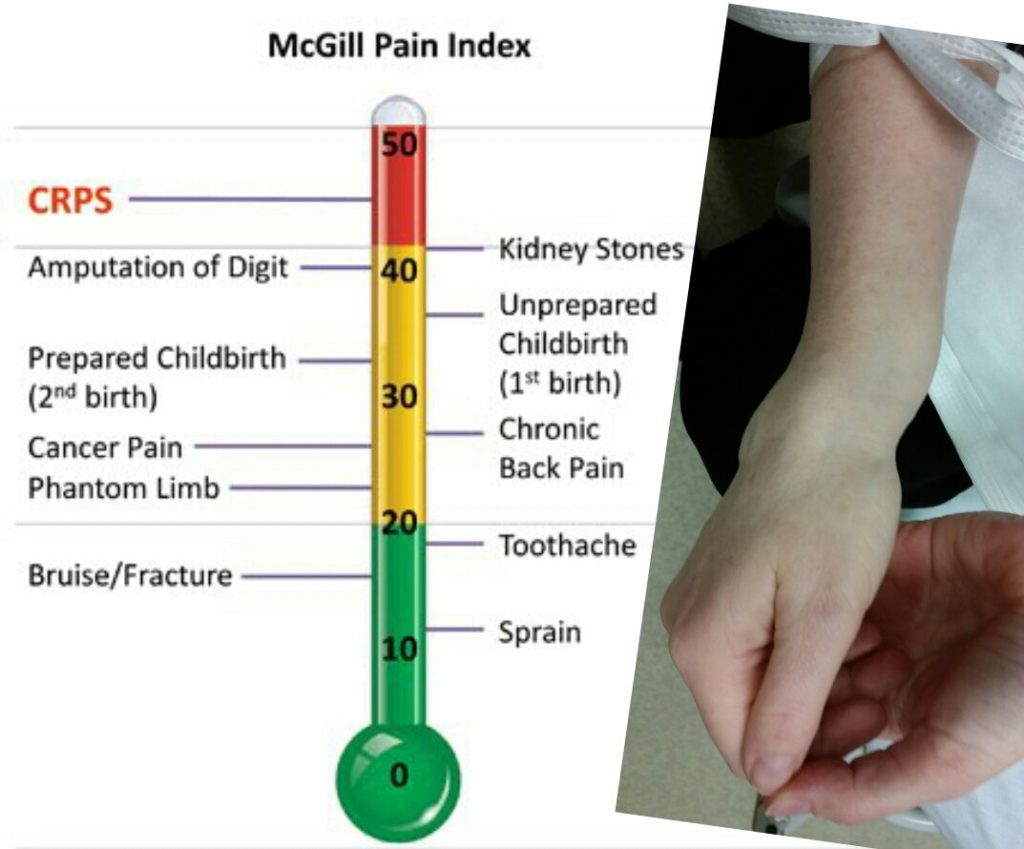A new study of 200,000 veterans in the US has shown that people with a higher severity of chronic pain have a greater risk of suicide. This is true even when compared to other chronic pain patients.
Before we go any further, it’s important to know that this research analyzed data – medical records. It was a retrospective study; looking back in time. It was also an observational study; searching for patterns in the data, without changing anything in these patients’ treatments.
Retrospective observational (RO) studies, using these large data sets (high numbers of patient records) allow researchers to see trends. Sometimes, though, the trends can be misleading.
Or a particular trend may be related to a specific place or period in time; for example natural disasters can trigger mental health issues for many people in the affected areas.
Because of this, findings from RO studies are often presented as being possible rather than certain. For example “our research shows a potential association between…” or “this study could indicate that…”
The issue of veterans’ suicide is close to my heart. I don’t mention it much, but I come from a military family. My sister and brother-in-law are in the Air Force reserves. So was I, quite a while ago. My dad served in the Navy, his grandfather was a mounted officer in the Army. My dad’s father wanted to join the Navy during World War II, but wasn’t allowed to because he worked at a shipyard; the ships were desperately needed for the war.
On my mother’s side, my grandfather designed aircraft for WWII; he wasn’t allowed to join the Air Force because the planes were needed. He lost all of his brothers in war, all pilots. Because I served, for a time, many of my friends are still in the military. When I read about research like this, I’m thinking of my loved ones; family and friends.
This particular research team summarized its findings as:
The results suggest that moderate to severe pain intensity in the year before initiating pain specialty services may be a useful indicator of suicide risk”.(1)
The patient’s pain level – in the year before they started specialty pain treatment – is what seems to be important. Surprisingly, it’s not necessarily their current level of pain.
This type of research is important, because it might allow healthcare professionals to prevent some suicide attempts – based on a patient’s previous pain levels.
Not only for veterans, but for all chronic pain patients. Possibly across all the various medical conditions and diseases which can cause severe chronic pain.
This is a real area of concern for those living with my rare disease, Complex Regional Pain Syndrome:
CRPS is viewed as among the most painful of all known diseases, with patients’ scores on the McGill Pain Questionnaire (mean MPQ score of 42 of a possible 50) being among the highest of any diagnostic group, surpassing even the scores of patients who have experienced amputation of a limb or childbirth.”(2)

This new research, involving veterans, found that:
pain intensity scores were significantly associated [with] suicide attempts after the index visit. Specifically, veterans with severe and moderate pain”.(1)
By index visit, they mean the patient’s first appointment at a pain specialty clinic. Chronic pain clinics usually ask patients to rate their pain severity – on an index, questionnaire, or scale of some sort – on their very first visit.
This research might allow new tools to be created, to alert physicians if any of their patients report severe pain levels on their first visit. This might help chronic pain clinics to provide at-risk patients with suicide counselling or prevention.
This is important, because the same trend appeared regardless of whether the patient had previously attempted suicide:
These results were consistent for those without a past-year attempt and for those with a past-year attempt”.(1)
This research may lead the way to preventing those first suicide attempts, in chronic pain patients who wouldn’t otherwise have been thought to be at risk.
As always, thanks for reading! If you – or someone you know – might be thinking about suicide, please get help.
The Lifeline Foundation provides lists of Canadian, US, and worldwide suicide crisis hotlines, through links on this web-page:
https://thelifelinecanada.ca/
Please call one of these numbers for someone in crisis, whether it’s you or someone you love… Please…
References:
(1) Ashrafioun, Lisham et al. The Association of Pain Intensity and Suicide Attempts Among Patients Initiating Pain Specialty Services. The Journal of Pain. Jul 2019; 20(7): 852-859. Online. Accessed 09 Jul 2019. Web:
https://www.jpain.org/article/S1526-5900(19)30087-2/fulltext?dgcid=raven_jbs_etoc_email
(2) Lee, Do-Hyeong et al. Risk Factors for Suicidal Ideation among Patients with Complex Regional Pain Syndrome. Psychiatry Investig. Jan 2014; 11(1): 32-38. Online 16 Oct 2013 [doi: 10.4306/pi.2014.11.1.32]. Accessed 09 Jul 2019. Web:
https://www.ncbi.nlm.nih.gov/pmc/articles/PMC3942549/


